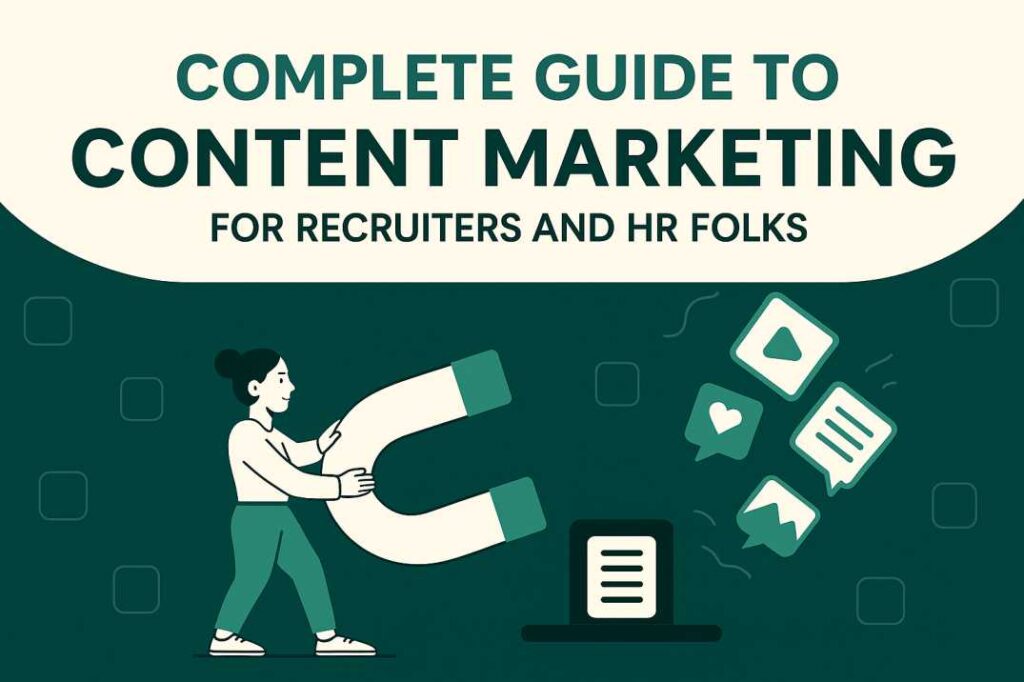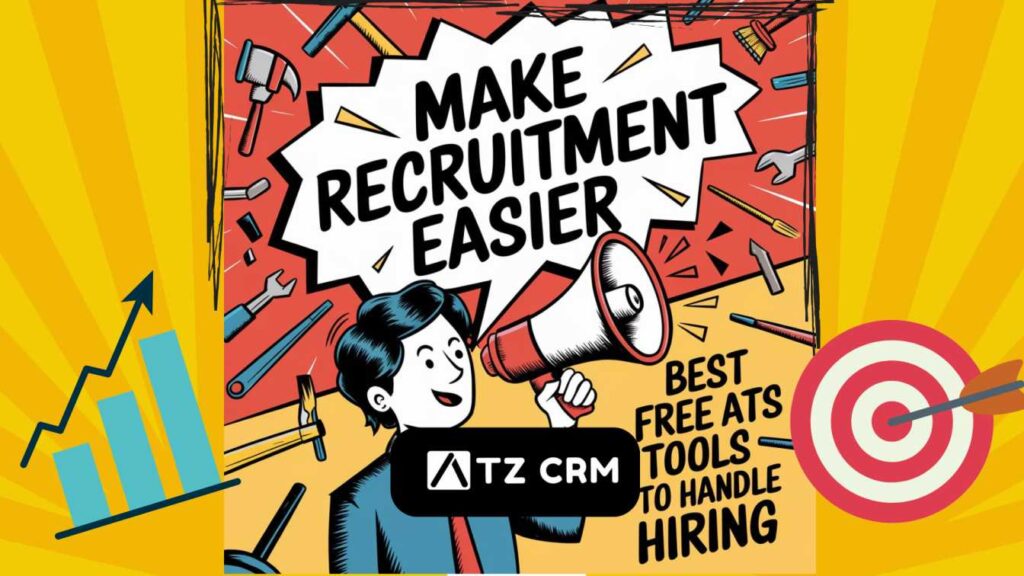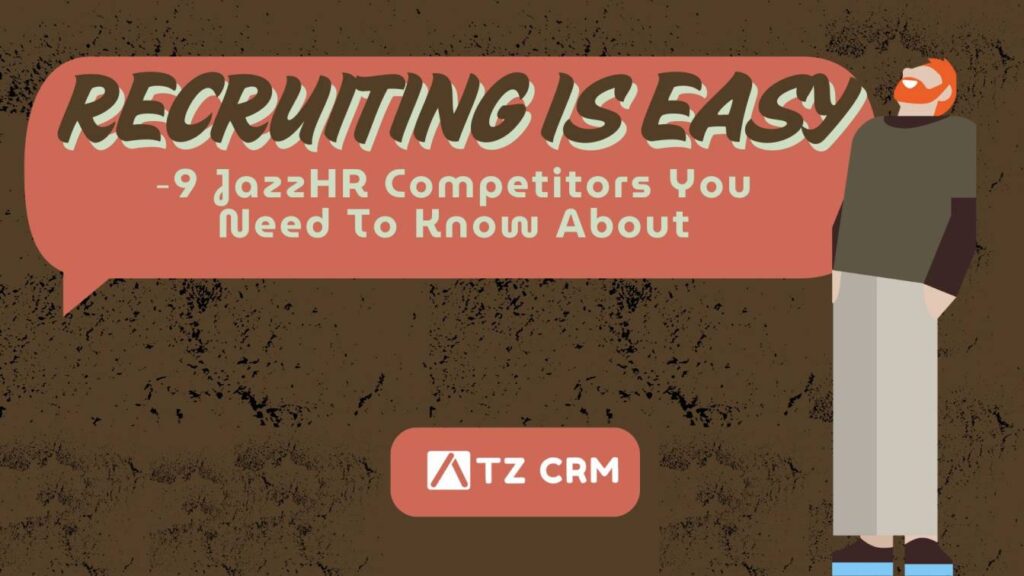Introduction
Content marketing for recruiters has altered the map of global recruitment marketing, worth $1.2 billion today. This approach acts as a powerful magnet that draws talent to organizations instead of just posting jobs and hoping for applications. Traditional recruitment methods no longer work effectively, as 77% of HR professionals struggle to fill full-time positions.
A reliable marketing strategy makes perfect business sense to recruit effectively. Research shows 70% of professionals are passive job seekers who might not actively search but respond well to compelling campaigns. Companies certified as great workplaces by their employees attract candidates 15 times more frequently – an aspect that content marketing excels at showcasing.
This radical alteration toward content-driven recruitment exists with good reason too. Content marketing delivers positive ROI 13 times more often than traditional marketing methods. Organizations can capture candidates earlier in the conversion funnel while building trust and credibility. Many recruiters still ask about where to begin, what content to create, and how to measure success.
This piece will show you ways to utilize content marketing that boost your employer brand and build your talent pipeline. You’ll learn the quickest way to fill positions – crucial since 60% of job seekers abandon online applications due to form length or complexity. This complete guide helps both newcomers and those looking to improve their existing recruitment content strategy effectively.
Check this blog if you want to save money: Discover 10 Free Most Powerful ATS for Small Businesses
Why Content Marketing Matters for Recruiters
The recruitmentscene keeps changing as companies now know that finding great talent needs more than job posts. Content marketing has become a powerful way for talent teams to build lasting candidate pipelines.
1. The move from outbound to inbound hiring
Recruiting used to rely heavily on outbound methods—teams would find and contact potential candidates for specific roles. This approach targeted passive candidates who needed convincing about better opportunities.
Smart organizations now adopt inbound recruiting strategies more often. Unlike outbound recruiting, inbound methods create compelling content that draws candidates to your organization. Rather than just hunting for talent, you let talent find you too.
Studies show that inbound recruiting creates a strong pool of interested candidates who fit well with company culture. This makes sense since 85% of job searches now start with a search engine.
Job seekers act like consumers researching products. They spend lots of time learning about companies before making decisions. Research shows candidates need up to eight brand touchpoints before making a decision. This makes consistent content vital to keep them involved.
Check Our Popular Blog about Software agencies: The Powerful Impact of Generative AI on the Recruitment Industry
2. Content marketing creates trust and work culture
Content marketing lets organizations show their culture, values, and work environment—key parts of a strong employer brand. Candidates who read content that matches your company’s mission can better see themselves joining your team.
Quality content that addresses your audience’s needs helps establish your authority in the industry. Job seekers then see your company as knowledgeable and trustworthy, which makes it more appealing .
This works well since over 75% of job seekers research a company’s reputation before applying . Your content strategy shapes these views and can determine whether someone applies.
A strong employer brand through content marketing attracts new talent and helps keep current employees by highlighting workplace positives. Happy employees become genuine brand champions, which boosts your recruitment marketing even more.
3. Benefits for both active and passive candidates
Content marketing gives special advantages to engage both active job seekers and passive candidates. Active candidates use content to learn about your employer brand, which helps them decide to apply.
Passive candidates benefit even more. 70% of the global workforce consists of passive talent not looking for new jobs. These professionals often rank among the most qualified in the job market. They might not check job boards but read interesting articles and watch engaging videos.
Valuable content like industry insights or career growth resources can spark interest in passive candidates and lead them to explore your company . Your content strategy should include:
Employee stories and culture videos that show your organization’s human side
Authority articles that establish your company’s expertise
Real workplace experiences that give authentic glimpses behind the scenes
Companies see measurable gains throughout their recruitment pipeline with content marketing. Teams report more applications through proper channels, better candidates, and faster hiring. Best of all, you reach potential employees where they spend time—
on social media, industry blogs, and professional networks before they start job hunting.
Having a hard time hiring? Read this : What Is Recruitment Marketing? A Proven Method for Attracting Top Talent
Laying the Groundwork: Strategy Before Content
Smart recruiters know that strategic planning sets the groundwork for recruitment marketing success. Your content needs a solid structure to attract qualified candidates, just like architects need blueprints before construction begins.
1. Define your recruitment marketing goals
Your recruitment marketing efforts need clear objectives. These goals will shape your content types and distribution channels. Research shows several common recruitment marketing objectives:
• Attracting high-quality candidates
• Reducing time-to-hire
• Building a talent pipeline
• Deepening employer brand
• Improving candidate experience
Most organizations want all these results at once. Yet, focusing on specific goals based on your resources yields better outcomes. A strong employer brand might need employee testimonials and culture videos. Building a talent pipeline could benefit more from educational content.
Look at your current recruitment challenges first. Which areas need improvement? What parts of your employer brand need more visibility? How do your business and recruiting needs evolve? Set measurable goals with specific timeframes to track your progress.
2. Choose the right content channels
Your channel choices should match where your candidate personas spend their time online. Recruitment experts say that “Identifying your target audience and building personas is a vital step in any recruitment marketing strategy” .
Different generations prefer different platforms. Young candidates might love interactive quizzes and social media. Senior professionals often prefer detailed industry reports or LinkedIn content.
Find your best-performing channels by:
Measuring cost-per-hire, time-to-hire, quality of hire, and applicant engagement for each channel. This data helps you avoid spending on platforms that don’t work. Look at both organic and paid options based on your budget .
Your website and recruitment software quality shapes application volume and quality . A good channel strategy shows your employer brand consistently and makes it easy for candidates to move from awareness to application.
Creating Content That Attracts and Converts
Your strategy looks solid. Let’s create compelling content that appeals to potential candidates. Great recruitment content goes beyond information – it persuades and inspires action.
Explore ATZ CRM’s comprehensive guide on the 12 Best Recruitment CRM for Recruitment Agencies – Complete Guide.
1. Types of content recruiters should create
Recruitment marketing success depends on various content types that match different stages of the candidate’s trip. To name just one example, see these options:
•Employee experience and company culture content – Your workplace’s unique qualities shine through values, team dynamics, and company initiatives.
•Career development materials – Success stories and promotion announcements show growth chances within your organization
•Benefits and work-life balance features – Your steadfast dedication to employee wellbeing comes through in content about unique perks.
•Real stories demonstrate your company’s dedication to creating an inclusive workplace.
Quality content works hard across recruitment marketing. It builds employer brand equity, communicates company values, and boosts team morale.
2.Repurposing content across platforms
Smart content repurposing maximizes your recruitment marketing efforts. Recruitment experts say, “To make the most of every piece of content, it should be distributed multiple times through as many channels as possible”.
Your options include:
• Q&A videos become podcasts about workplace experiences
• Leadership interviews transform into social media quote images
• Longer videos break down into Instagram-ready 15-30 second clips
• This strategy reaches candidates on their preferred platforms—social media, your careers site, or job listings. It creates consistent touchpoints throughout their search.
A strategic talent attraction machine needs consistent execution. The best content ideas often remain unrealized or inconsistently published without proper planning.
Related Blog: Best Recruit CRM Alternatives
Measuring Success and Optimizing Your Strategy
1. Key metrics to track (CTR, time on page, apply rate)
Discover ATZ CRM’s insightful article offering select the 8 Tips for Choosing the Best ATS.
The right metrics help you understand your recruitment marketing performance in today’s competitive talent world. Note that some metrics matter more than others—you should focus on ones that line up with your goals.
Click-through rate (CTR) shows how job seekers interact with your postings. You can calculate it by dividing click volume by impressions and multiplying by 100. Your recruitment marketing needs work if you see a low CTR .
Application completion rate shows how easy your process is to use. Candidates often get frustrated with your application platform when this rate is low . This metric helps create a better candidate experience and reduces dropouts.
Cost metrics give vital financial details:
• Cost per hire (CPH) shows total money spent to fill a position
• Cost per application (CPA) shows expenses to get one application
• Source of hire shows which channels give the best ROI
• Time metrics make your recruitment funnel work better.
• Time to hire tells you if recruitment takes too long and raises costs.
• Time-to-acceptance shows how long candidates take to accept an offer
Quality metrics matter the most. Your company’s leadership team should define what makes a quality hire. This definition helps track which sources bring the best candidates, not just more of them.
2. A/B testing and content performance analysis
A/B testing helps you make your recruitment marketing better. This quickest way compares different versions of your recruitment content to find what works best .
Different content won’t achieve every goal at once. You should pick your tracking metrics before starting any A/B test . Common test areas include:
• Job posting elements – Try different job titles (specific vs. general), text lengths (short vs. detailed), and calls-to-action (“Apply now” vs. “Send us your application”).
• Email variations – Test subject lines, body copy, word count, and word choice to find ways to improve. Track how candidates respond and how many apply to see which emails work best.
• Interview approaches – Look at structured vs. unstructured interviews to find the better format .
A/B testing lets you make evidence-based decisions that improve your recruitment success by a lot .
Your content strategy stays current and matches job market changes through regular performance checks.
Your optimization work should never stop. Job seekers’ expectations keep changing, so you need fresh tests and data-based updates to your approach.
Conclusion
Content Marketing: The Future of Recruitment
The recruitment scene has changed completely. Companies that stick to traditional job postings struggle while those using content marketing build strong talent pipelines full of active, informed candidates. Creating a complete content strategy needs money upfront, but it pays off with lower hiring costs, better candidates, and a stronger employer brand.
Content marketing for recruitment isn’t just another trend—it’s become the standard way to connect with talent in today’s digital-first world. The real question isn’t if you should use these strategies, but how fast you can start before your competition does…
Want to know what an ATS is: Stop Struggling with Hiring in 2025 – The ATS Secret Exposed
FAQs
1. What is recruitment content marketing?
It involves using blogs, videos, and social posts to attract, inform, and convert candidates. Learn more in our CRM software guide
2. How frequently should we publish content?
Aim for 2–3 posts weekly, depending on resources. See ideas in our free ATS guide .
3. What are the best content types?
Employee testimonials, culture videos, and career stories work well. Check our top ATS tools article .
4. Can this reduce recruitment costs?
Yes, content improves application quality and shortens hiring timelines—saving money long-term.
5. Why target passive candidates?
They form most of the workforce and are often high performers. Engaging content brings them into your funnel over time.
Experience the full power of ATZ CRM with a free trial – no credit card needed!
Test all our features before making a commitment. Ready to see our ATS + CRM in action?


